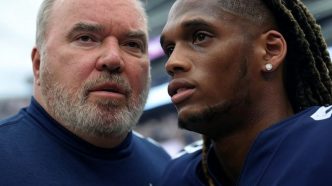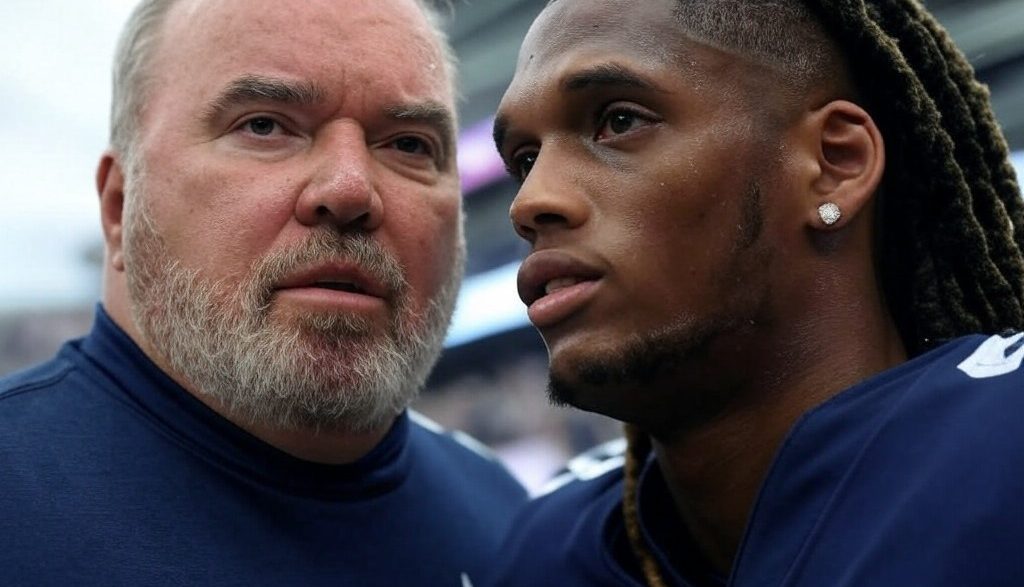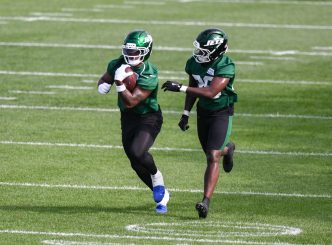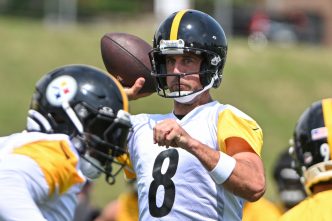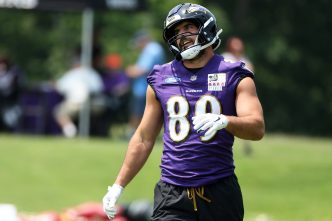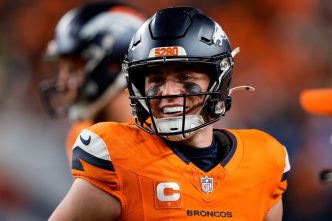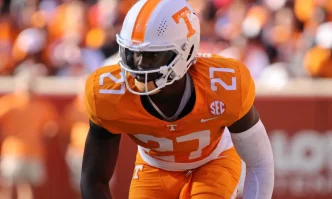In the world of NFL coaching, the marriage between a coach’s philosophy and the team’s roster is an intricate dance. For Mike McCarthy and the Dallas Cowboys, this alignment seemed elusive, hindering the potential for greater success.
While undeniably talented, the Cowboys’ roster and McCarthy’s strategic orientation often appeared out of sync. Part of this misalignment rested on differing expectations – both in terms of player roles and the pace of development expected of younger talents. The dynamic nature of the modern NFL necessitates that coaches and teams find common ground quickly to leverage their full arsenal.
McCarthy’s offense, once lauded for its ingenuity, faced challenges integrating fully with the personnel at hand. The likes of Dak Prescott, Ezekiel Elliott, and an ever-improving CeeDee Lamb provided a core with immense potential. However, translating that potential into consistent wins under McCarthy seemed to falter at the junction of game plan execution and flexibility.
One of the most crucial aspects of effective coaching lies in adaptability – the ability to tailor inherent strategies to best fit the talents and tendencies of available players. It often involves an iterative process of schematic adjustments and individual role clarity which possibly did not evolve quickly enough during McCarthy’s tenure.
What this means for the Cowboys going forward is a clear mandate: in their search for a new head coach, an emphasis on synergy between coach and roster will be paramount. The focus shifts towards finding a leader who can seamlessly integrate strategic innovation with the existing talent pool to upscale their competitive edge.
McCarthy’s experience in Dallas stands as a testament to the importance of cohesion in football — a lesson, though costly, that can lead to better days ahead for both coach and team alike.
